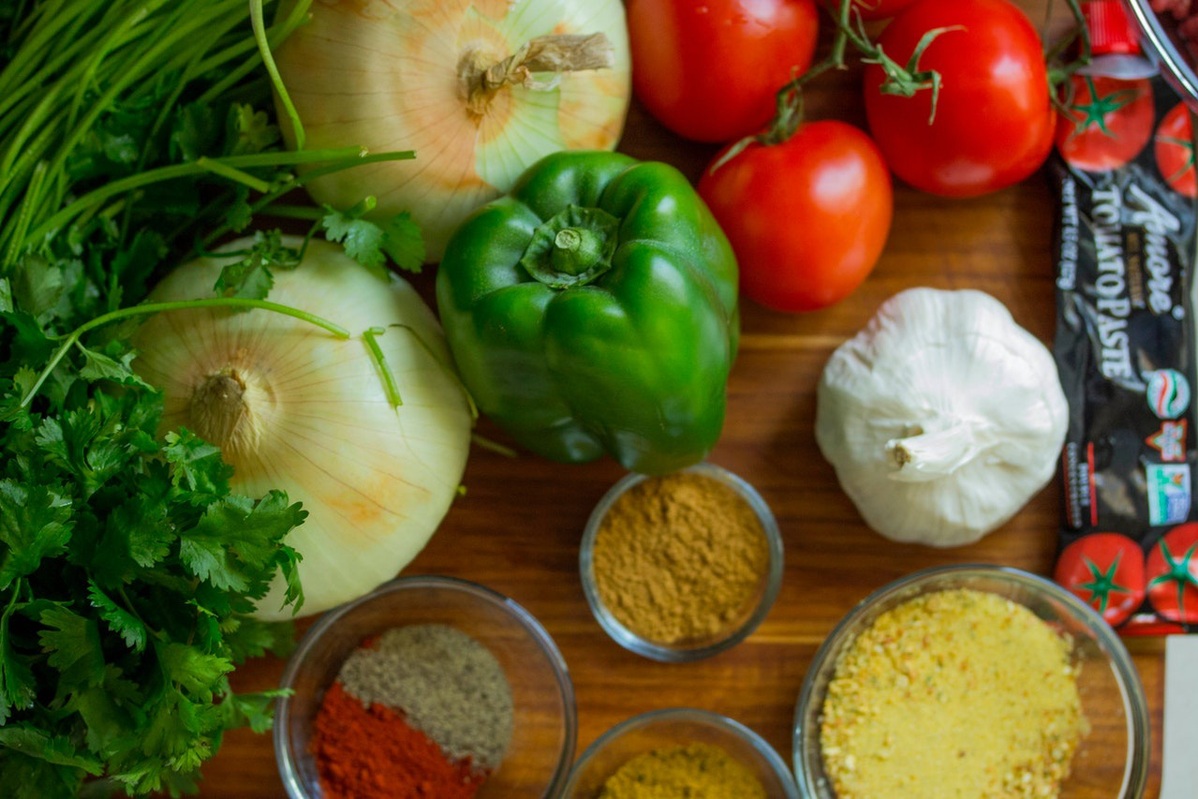Where Did Chinese Get Their Spicy Kicks Before the Chili Pepper? muTu Note - Learn Chinese with Chinese Girl
What is the most iconic Chinese food? Americans might say 宫保鸡丁 (gōng bǎo jī dīng Kung Pao chicken), while Japanese insist that 麻婆豆腐 (má pó dòu fu Mapo Tofu) is king. Even within China, most answers will be quite predictable, such as 水煮鱼 (shuǐ zhǔ yú spicy boiled fish), 麻辣小龙虾 (má là xiǎo lóng xiā hot and spicy crawfish), or 大盘鸡 (dà pán jī Big Plate Chicken).
Notice any similarities? It seems that the red and spicy chili pepper(辣椒,là jiāo) is the through line that makes many Chinese dishes immediately recognizable. However, if you were paying attention in your history classes, you’ll know that the chilies we eat today are not a native(本土的,běn tǔ de) species(物种,wù zhǒng) of China. So the question is, what did ancient Chinese use in their kitchen to add that pinch of flavor to spice things up?
The former way of writing 辣 better demonstrates the relation between 辣 and 辛.
Before we get there, however, let’s take a look at how ancient Chinese categorize all the flavors you may encounter in the country’s cuisine. Just like the Five Elements known as 五行 (wǔ xíng) in Chinese philosophy, the flavors are divided into five patterns as well, which are 酸 suān sour, 苦 kǔ bitter, 甘 gān sweet, 咸 xián salty, and 辛 xīn spicy.
The character 辛 xīn includes all pungent(刺激性的,cì jī xìng de) flavors such as the one produced by raw garlic, onion, wasabi, peppercorn, and others. The word people frequently use today to describe the spicy taste is 辣 là instead of 辛 xīn, but look closely enough and you will notice that the radical of 辣 is a slightly tilted 辛, while the other half of it comes from the word that means cluster 束 shù, which emphasizes that 辣 là is a concentrated 辛. The word 辣 is therefore used to describe a more intense, untamable spiciness flavor.
However, this character was invented long before 辣椒(là jiāo chili peppers)were introduced to China during the Ming Dynasty.
Then, what ingredients were 辣 (là spicy) referring to before the Ming Dynasty? Actually, there are quite a few candidates.
食茱萸 (shí zhū yú Zanthoxylum ailanthoides) – Use of this fruit for its spicy flavor dates back to the Zhou Dynasty, more than 2,000 years ago. In the recipe for 鱼鲊 yú zhǎ fermented marinated fish was combined with rice in what is believed to be the prototype of sushi(寿司,shòu sī). In later documentation, people also added 茱萸 zhū yú to alcoholic drinks, ultimately enhancing the fragrance of their libations – if you want an idea of what it would have tasted like, imagine drinking an anise-flavored liqueur. Interestingly, 茱萸 zhū yú was popular in 蜀地 shǔ dì, which is now modern-day Sichuan, a province well known for their love of everything spicy.
芥末 (jiè mo mustard)– If you don’t believe mustard can be spicy enough to make your eyes water, then you might consider trying a traditional Beijing dish called 芥末墩 jiè mo dūn mustard mound, which is a pile of quick-boiled Chinese cabbage covered with mustard. It’s doubtful you’ll be able to take a bit without wailing, “这也太辣了吧 zhè yě tài là le ba“ “It is way too spicy!”
花椒 (huā jiāo Sichuan Pepper) – This spice will open up a whole new sensation for you. In fact, the tingling feeling and numbness(麻,má) you’ll feel after tasting it are quite addictive. More than one-third of the recipes recorded in the Tang Dynasty include Sichuan Pepper.
Besides these, there are many other spices that are believed to be 辣 là spicy, including but not limited to, 胡椒 hú jiāo pepper, 姜 jiāng ginger, 蒜 suàn garlic and more.

from WordPress https://ift.tt/368y59h
Comments
Post a Comment